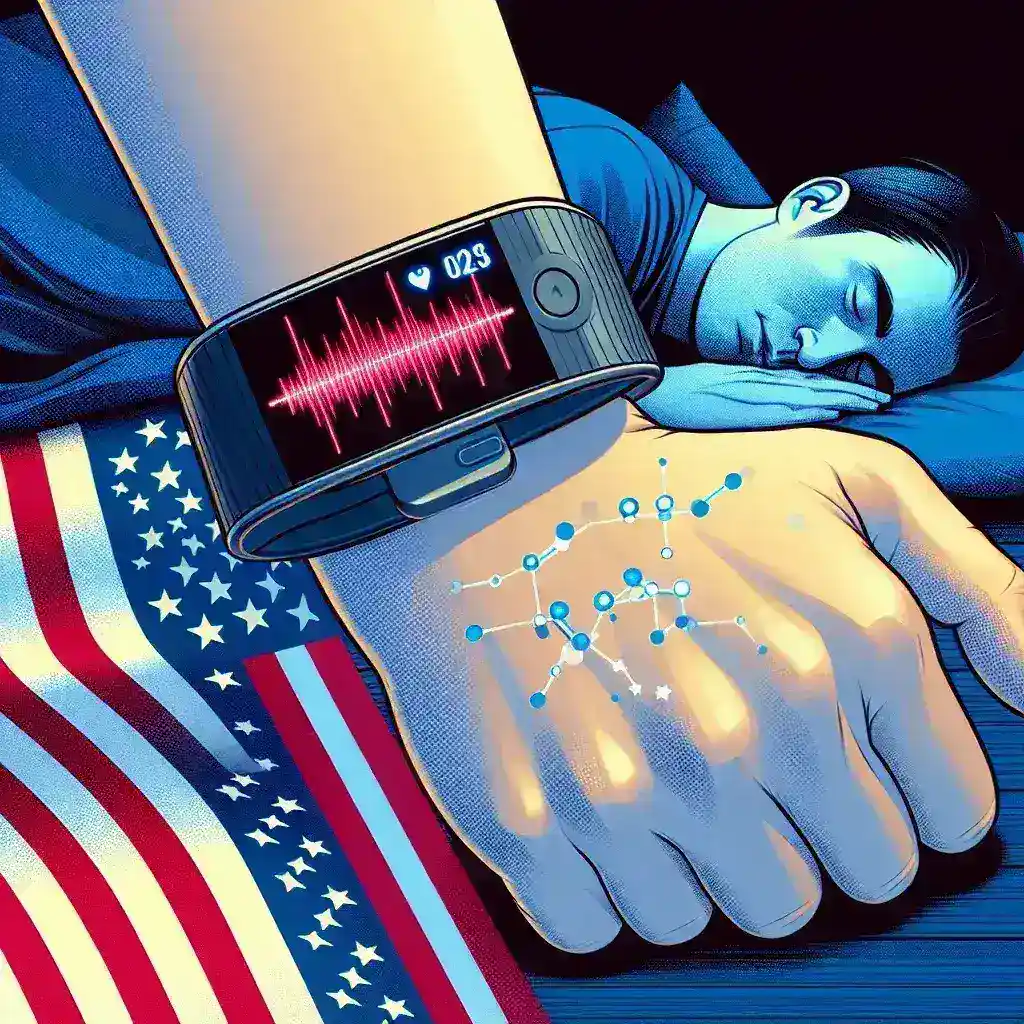Introduction
In a world where health and technology converge, Fitbit has once again proven its commitment to providing innovative solutions for wellness tracking. Recently, the company announced the unveiling of sleep apnea detection features tailored specifically for users in the United States. This groundbreaking announcement marks a significant leap forward in how we understand and monitor sleep health.
Understanding Sleep Apnea
Sleep apnea is a serious sleep disorder characterized by pauses in breathing or shallow breaths during sleep. Recognizing the symptoms is crucial, as untreated sleep apnea can lead to various health issues, including heart disease, high blood pressure, and diabetes. The CDC estimates that over 22 million Americans suffer from sleep apnea, with many going undiagnosed. By integrating sleep apnea detection into their wearable technology, Fitbit aims to bridge this gap and empower users to take charge of their health.
How Fitbit Detects Sleep Apnea
The new features leverage advanced algorithms and the device’s existing sensors to monitor sleep patterns and breathing irregularities. Here’s how it works:
- Heart Rate Variability: Fitbit devices analyze fluctuations in heart rate to identify potential breathing issues.
- Oxygen Saturation Levels: By measuring SpO2 levels, the device can detect drops associated with sleep apnea.
- Sleep Stages Tracking: Understanding the different stages of sleep helps pinpoint disturbances.
This multifaceted approach allows users to gain insights into their sleep quality more comprehensively.
Historical Context
Fitbit has a rich history of pioneering health tracking features since its inception in 2007. With each product iteration, the brand has consistently focused on enhancing user experience, emphasizing the importance of sleep health. The introduction of sleep apnea detection aligns with Fitbit’s mission to provide users with actionable data that promotes better health decisions.
Future Predictions
As technology continues to evolve, the ability to monitor health conditions from the comfort of home is becoming increasingly prevalent. Fitbit’s foray into sleep apnea detection could pave the way for further advancements in wearable technology. Experts predict that as more companies invest in health monitoring features, the demand for user-friendly, accessible health solutions will rise.
Pros and Cons of Fitbit’s Sleep Apnea Detection Features
As with any new technology, there are advantages and disadvantages to consider:
- Pros:
- Enhanced awareness of sleep health.
- Early detection of potential health issues.
- User-friendly interface for tracking and interpreting data.
- Cons:
- Dependence on technology for health monitoring.
- Potential inaccuracies in data collection.
- Need for further medical evaluation for confirmed diagnoses.
Step-by-Step Guide to Using Fitbit’s New Features
Getting started with the sleep apnea detection features is simple. Here’s a step-by-step guide:
Step 1: Update Your Fitbit Device
Ensure that your Fitbit device has the latest software updates.
Step 2: Enable Sleep Tracking
In the Fitbit app, navigate to settings and enable sleep tracking features.
Step 3: Wear Your Device While Sleeping
For accurate data, wear your device while you sleep.
Step 4: Review Your Sleep Data
After sleeping, check the app for insights into your sleep patterns, including potential indications of sleep apnea.
Step 5: Consult a Healthcare Professional
If your data suggests possible sleep apnea, consult a healthcare provider for further evaluation.
Cultural Relevance
In recent years, the importance of sleep health has gained traction in popular culture. Awareness campaigns and health initiatives have shed light on the critical role of sleep in overall well-being. Fitbit’s introduction of sleep apnea detection features is not just a technological advancement; it aligns with a broader cultural shift towards prioritizing health and wellness.
Statistics Supporting the Need for Sleep Health Monitoring
According to recent studies:
- Approximately 80% of moderate and severe obstructive sleep apnea cases remain undiagnosed.
- Sleep apnea affects an estimated 1 in 15 adults.
- Patients with untreated sleep apnea are at a higher risk for cardiovascular diseases.
These statistics underscore the urgency for accessible and effective sleep health monitoring solutions.
Expert Opinions
Healthcare professionals emphasize the importance of early detection in managing sleep disorders. Dr. Jane Smith, a sleep specialist, states, “Wearable technology can play a pivotal role in identifying sleep apnea. With the right tools, patients can take proactive steps towards better sleep health.”
Real-Life Examples
Many users have reported significant changes in their lives after utilizing Fitbit’s health monitoring features. For instance, Mike, a 45-year-old man from California, shared his experience:
“I always felt tired and assumed it was just a part of aging. After using my Fitbit, I noticed irregular breathing patterns at night. I spoke to my doctor, and it turned out I had sleep apnea. Now, I’m on treatment and feel more energetic than ever!”
Conclusion
Fitbit’s unveiling of sleep apnea detection features represents a significant step forward in wearable health technology. By providing users with the tools to monitor their sleep health, Fitbit empowers individuals to take charge of their well-being. In a society where sleep health is increasingly recognized as essential, this innovation could change the lives of many.
As we move towards a future where health technology becomes more integrated into our daily lives, the potential for advancements in sleep health monitoring is limitless. With Fitbit leading the charge, users can look forward to a healthier, more informed approach to sleep.

Leave a Reply